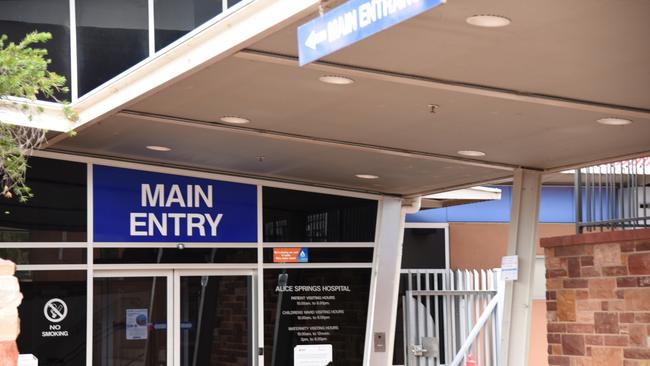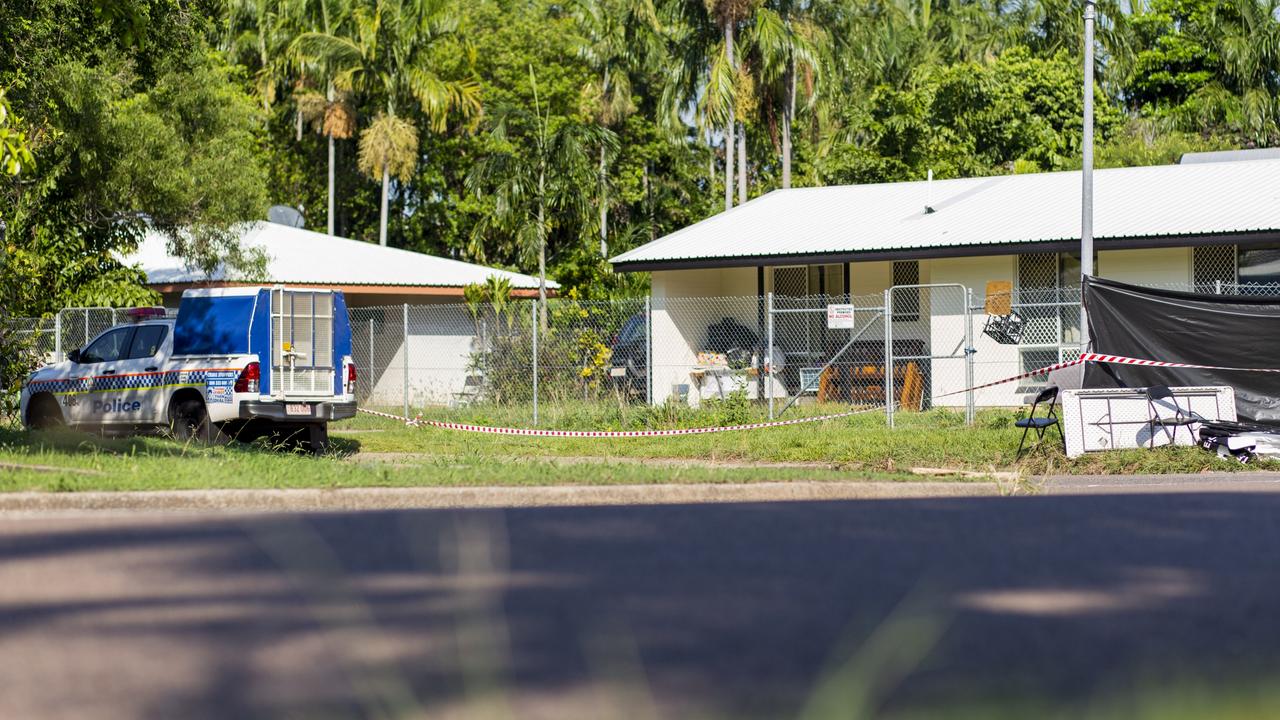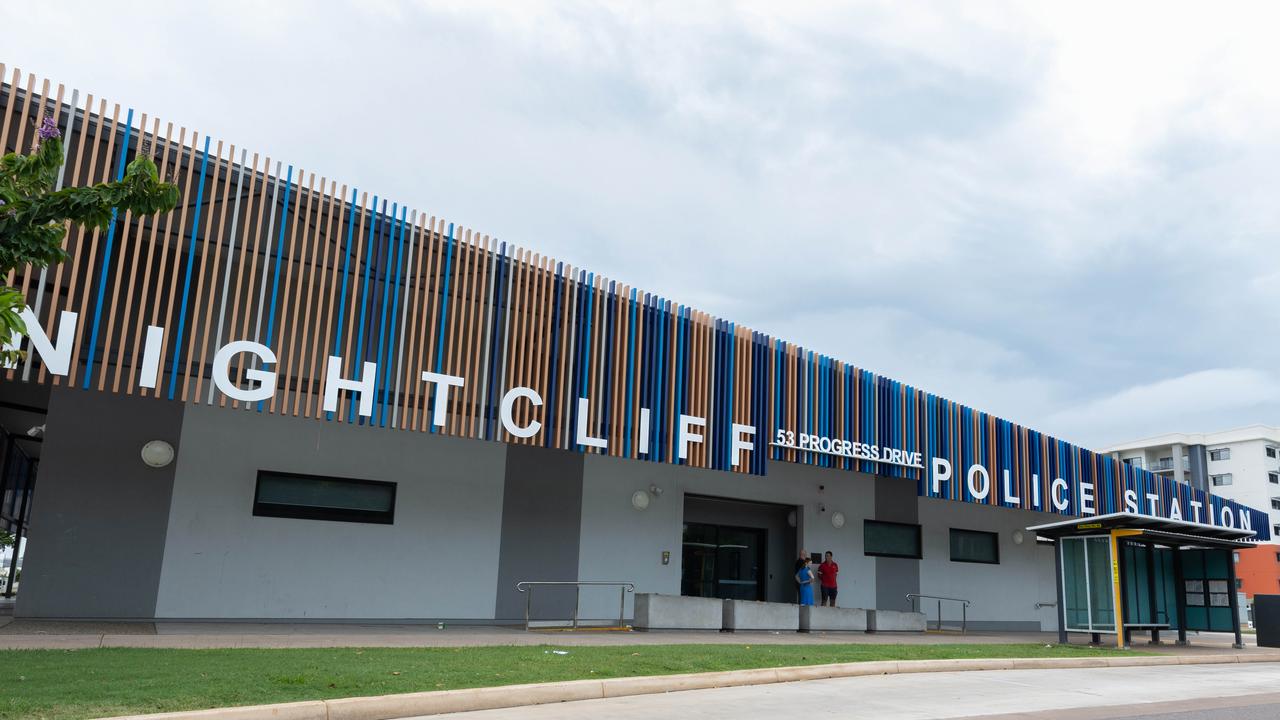Call for NT alcohol policies to remain as study finds less hospitalisations
New research finds a combination of alcohol policies has helped the NT ‘turn a corner’ in grog-related hospital injury visits – but the numbers still paint a damning picture.

Northern Territory
Don't miss out on the headlines from Northern Territory. Followed categories will be added to My News.
A new study has found rates of alcohol-related injuries in the Northern Territory have declined in recent years, calling for existing policy controls to be retained to stop fragile progress being lost.
Examining data from NT public hospitals between 2007 and 2022, the research found the Banned Drinker Register, minimum floor price, and Police Auxiliary Liquor Inspectors worked to bring down alcohol-related harm in Central Australia.
Slower and less significant reductions were also noted in the Top End.
The research shows the rate of alcohol-related injury hospitalisations in Central Australia peaked in 2017, dropping 12.2 per cent a year to 2022.
Central Australians were four times more likely to be hospitalised for alcohol related injuries than those in the Top End.
Four in five were Aboriginal, and the most common reasons for hospitalisation varied between groups: 61 per cent of Aboriginal women and 44 per cent of Aboriginal men were assaulted, while most non-Aboriginal men were hospitalised due to falls (32 per cent), and non-Aboriginal women due to self-harm (36 per cent).

The paper was published in the Drug and Alcohol Review and co-authored by nine researchers from Charles Darwin University, the Australian National University, NT Health and other Territory organisations.
One author, John Boffa, is chief medical officer at Central Australian Aboriginal Congress and spokesman for the People’s Alcohol Action Coalition.
He said the Territory would be “substantially worse off” without existing interventions.
“This paper shows that from 2017 onwards in Central Australia, we’ve really turned the corner, and we’ve made a very significant difference in alcohol related hospitalisations for injuries,” Dr Boffa said.
“If you’re a new person coming to Alice Springs today, you’d be shocked at the level of alcohol related harm still in this community … it’s still unacceptable, but you’ve got to look at what’s been happening over time, because there’s been very significant improvements.”
NT Police data paints a less positive picture of the state of alcohol control; the rate of alcohol related assaults has almost doubled since 2019, and alcohol-related domestic violence assaults have more than doubled over the same period.

When NT parliament sits next week the government is expected to repeal minimum alcohol pricing in the Territory, arguing it is ineffective and “punishes the majority for the actions of a few”.
“All Territorians have been forced to pay higher prices at the bottle shops, without seeing any reduction in alcohol-related harm in their communities,” Attorney-General Marie-Clare Boothby said when introducing the Bill in November.
Mr Boffa said hospital presentation data was a more reliable statistic to measure, calling for the CLP to retain the minimum floor price.
“Police data is subjective, we know it varies depending on number of police, laws, policies, policing practices, community attitudes to reporting – all these things can mean you get a lot more reports,” he said.
“Whereas hospital admissions are relatively constant, people get admitted for the same reasons over time when it comes to injury.
“This paper is a caution, it shows it really is important that we sustain the alcohol policies that have led to this … we could strengthen them, but not remove them – this is why we’re really concerned about removal of floor price.”
More Coverage
Originally published as Call for NT alcohol policies to remain as study finds less hospitalisations





